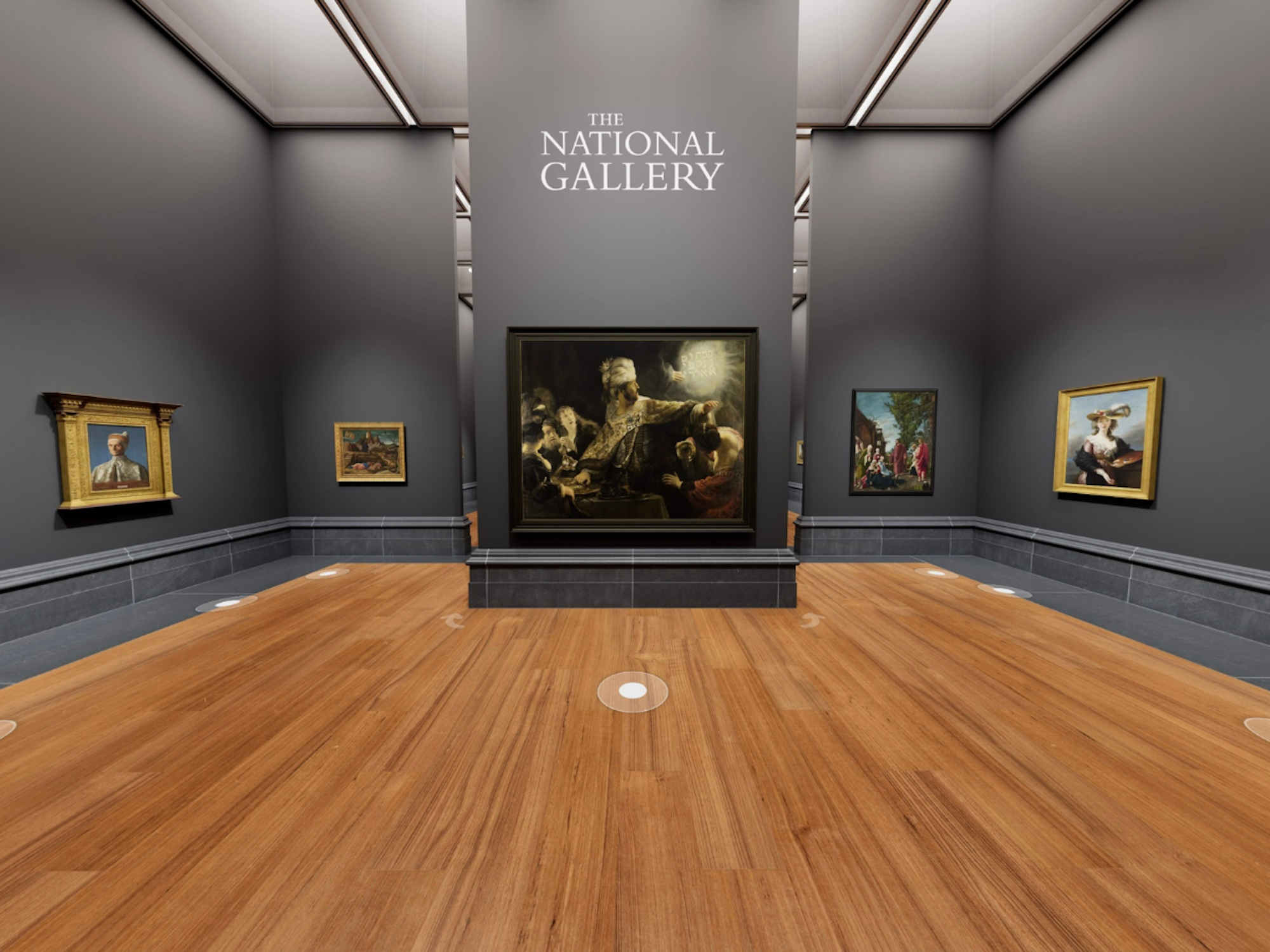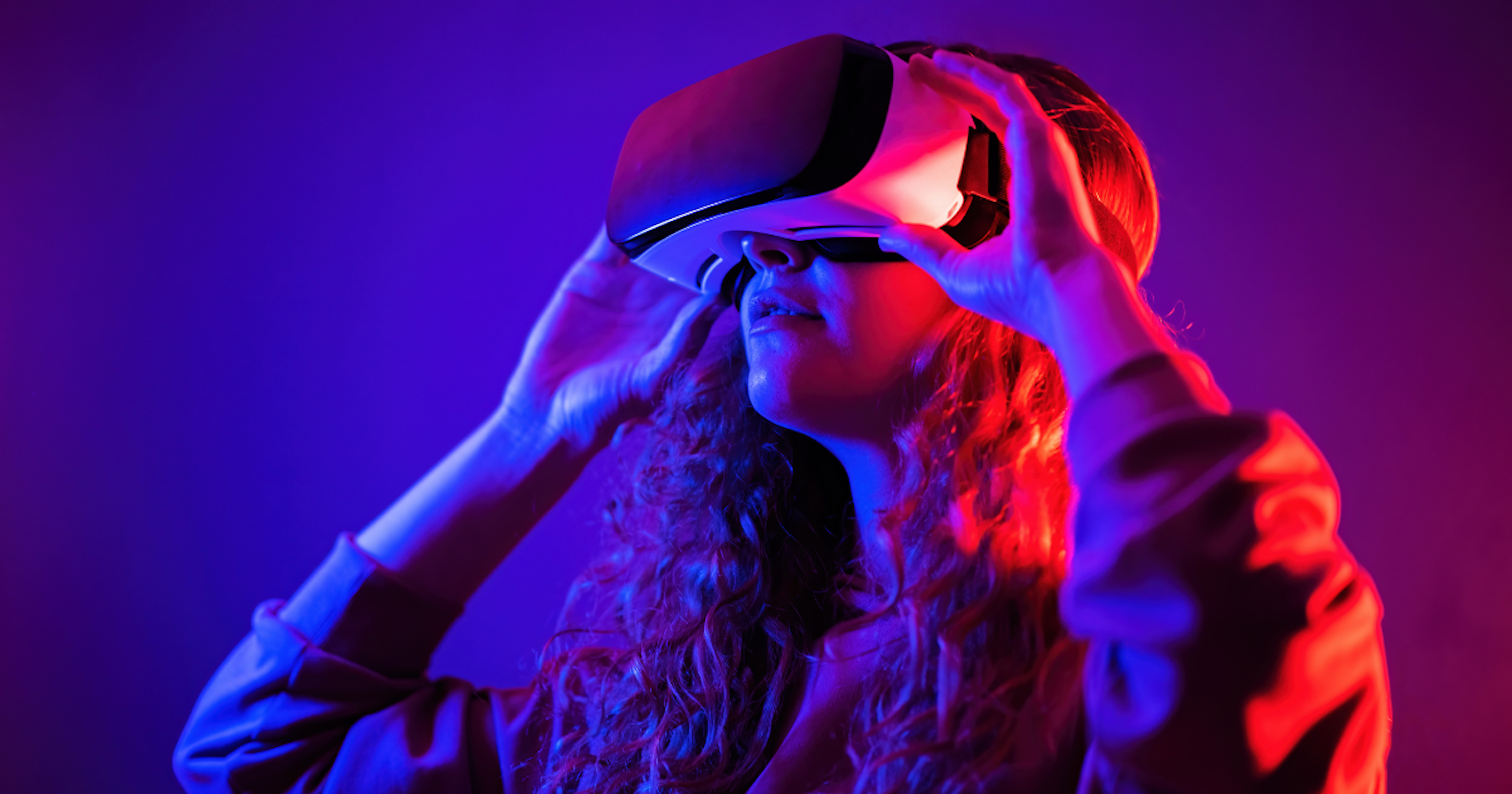Virtual Reality (VR) and Augmented Reality (AR) have emerged as powerful technologies that are reshaping the web development landscape. The potential of VR and AR to deliver immersive and interactive experiences is unlocking new possibilities for web developers and enhancing user engagement.
In this blog, we will explore five key trends in VR and AR web development, offering insights into how these technologies are revolutionising the way we interact with the digital world.
WebAR and WebVR: Accessible Immersion
One of the most notable trends in VR and AR web development is the rise of WebAR and WebVR. These technologies enable users to access immersive experiences directly through web browsers, eliminating the need for standalone applications or high-end hardware. With the integration of WebXR, WebGL, and WebAssembly, developers can create responsive, cross-platform VR and AR content that is easily accessible to a broader audience.
This trend opens new possibilities for businesses, educators, and content creators to engage their audiences in innovative ways, such as:
- Wider Reach - WebAR and WebVR are accessible through web browsers, eliminating the need for users to download dedicated apps or invest in expensive hardware.
- Engaging Storytelling - Whether it's a virtual tour, an interactive product demo, or an educational experience, WebAR and WebVR allow content creators to tell engaging stories that captivate the audience's attention and leave a lasting impression.
- Product Visualisation - In e-commerce, WebAR and WebVR can offer customers a unique way to visualise products. They can try on clothing virtually, see how furniture fits in their living space, or explore the features of a gadget in a 3D environment.
- Interactive learning - In the field of education, WebAR and WebVR enable educators to create immersive, interactive lessons.
- Remote collaboration - In the field of education, WebAR and WebVR enable educators to create immersive, interactive lessons.
As these technologies become more prevalent, we can expect an increase in interactive web-based experiences that blur the line between the virtual and physical worlds. Here's an example of how the National Gallery has utilised WebVR to offer free virtual tours:

E-commerce Augmentation
VR and AR are transforming the e-commerce industry. Augmented Reality allows online shoppers to virtually try on products like clothing, accessories, and even furniture, providing a highly interactive and informative shopping experience.
Users can see how products look in their own space before making a purchase decision, reducing uncertainty and returns. VR is also being used to create virtual showrooms and immersive product demonstrations. As these technologies become more widespread, web developers will continue to optimise websites to accommodate AR and VR features, enhancing user engagement and boosting online sales.
Take a look at how Mister Spex has incorporated AR into their website:

AI Artists and the Metaverse
AI artists are rapidly gaining prominence as their creative capabilities continue to evolve. These digital creators, powered by advanced machine learning algorithms, generate stunning artworks and designs, reshaping the creative landscape. Simultaneously, the metaverse is transitioning from a niche concept to a mainstream reality.
With the metaverse's expansion, AI artists are likely to play a pivotal role in curating and enhancing the virtual experiences within these digital realms, contributing to a vibrant and dynamic metaverse where art, creativity, and technology seamlessly converge.
Enhanced Training and Learning: Education Goes Immersive
The education sector is increasingly adopting VR and AR technologies to enhance the learning experience. Virtual Reality, for example, is being used to create immersive, realistic simulations for medical training, allowing students to practice surgeries in a safe and controlled environment.
Augmented Reality is transforming traditional textbooks by adding interactive elements. This trend is not limited to the classroom; it extends to on-the-job training in various industries, offering hands-on experiences that were once impossible in a traditional setting. As these technologies become more accessible, we can expect to see a more significant integration of VR and AR in educational and training programs.
Below, we have included an example of Meta's Immersive Learning:

Animated Product Reveals
In web design, animated product reveals could include features like:
- Product image zooming
- 360-degree product views
- Displaying product details
- Showcasing different product variations
- Initiating a purchase action when a user hovers over or interacts with a product image or a related element on an e-commerce website
While not a specific technology or product, it represents a trend in web design to leverage animations and interactivity for a more dynamic and user-friendly presentation of products on websites.
Take Your Brand to the Next Level with Bigger Picture
The trends in VR and AR web development are revolutionising the digital landscape. WebAR and WebVR are making immersive experiences more accessible, e-commerce is taking on a new dimension, storytelling is becoming more immersive, and data visualisation is reaching new heights.
Here at Bigger Picture, we can help you take your web design to the next level whilst improving your customer experience. Our Hampshire-based digital agency provides fully bespoke brand, digital and technical solutions. Visit our Technology page for more information regarding our services or reach out to our expert team today, we’re always happy to hear from you.
